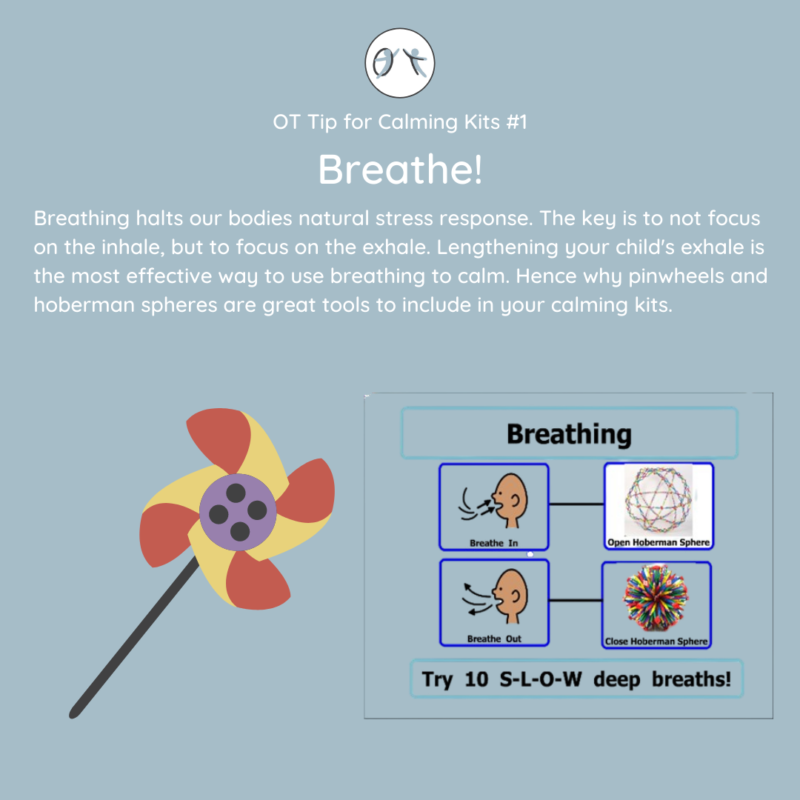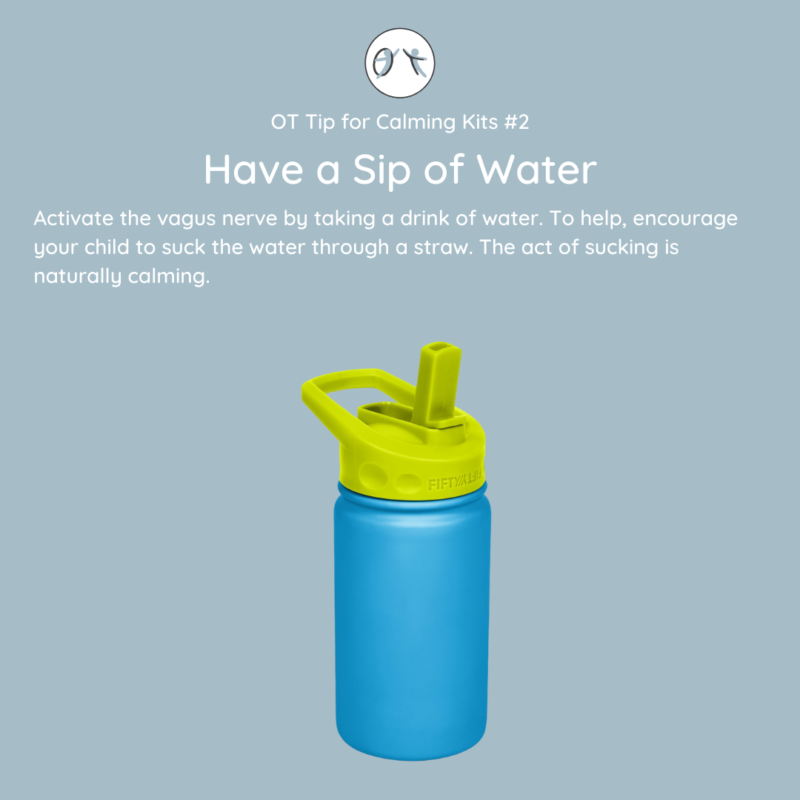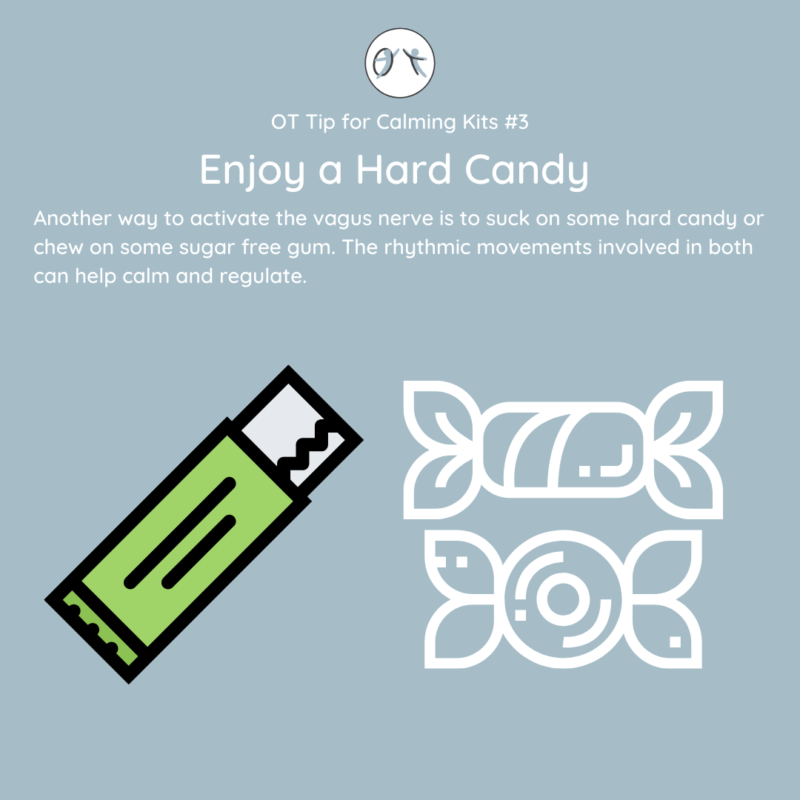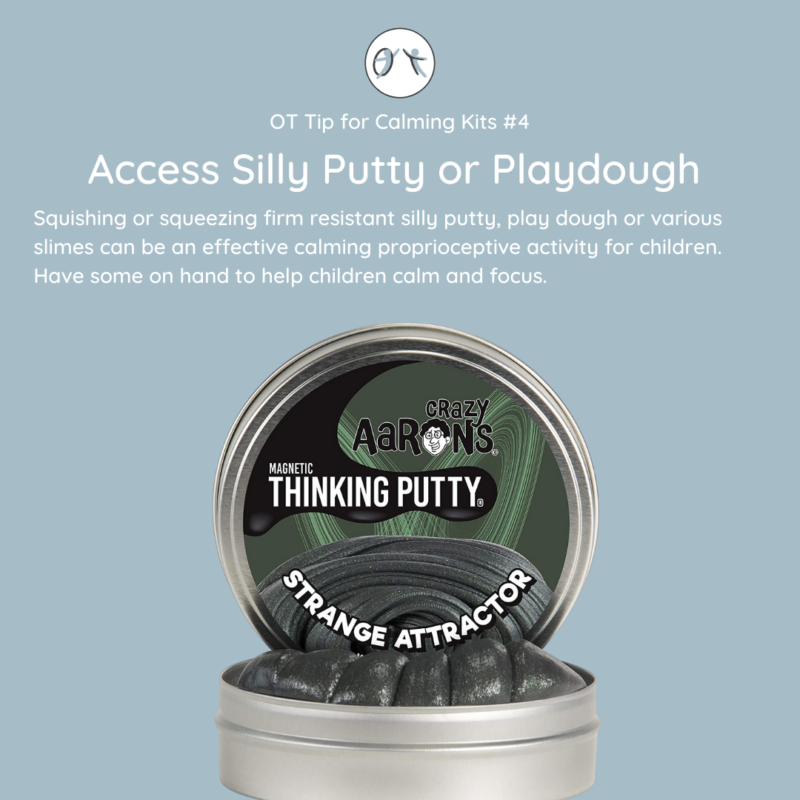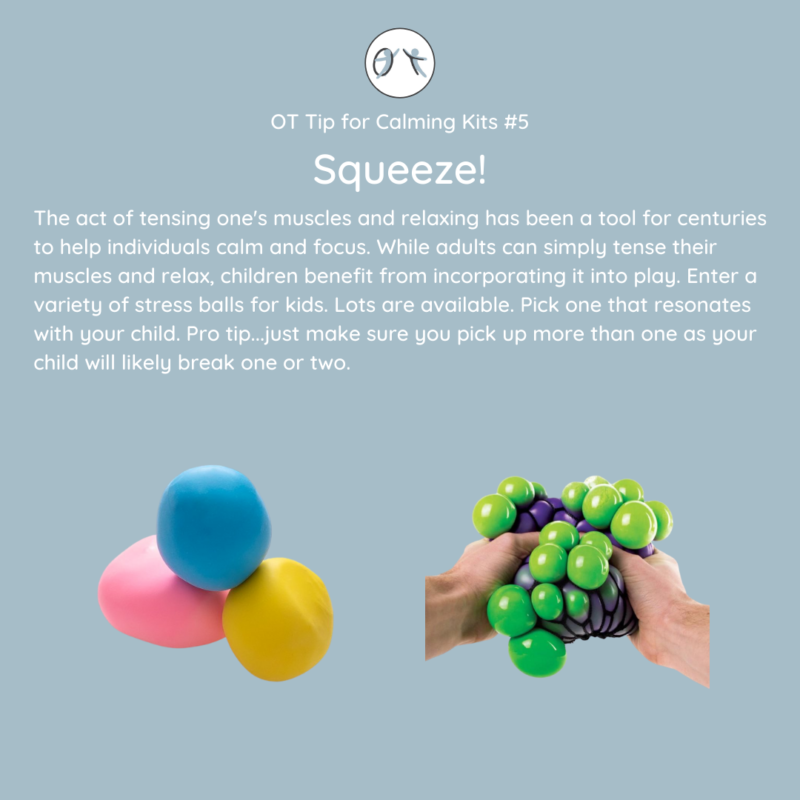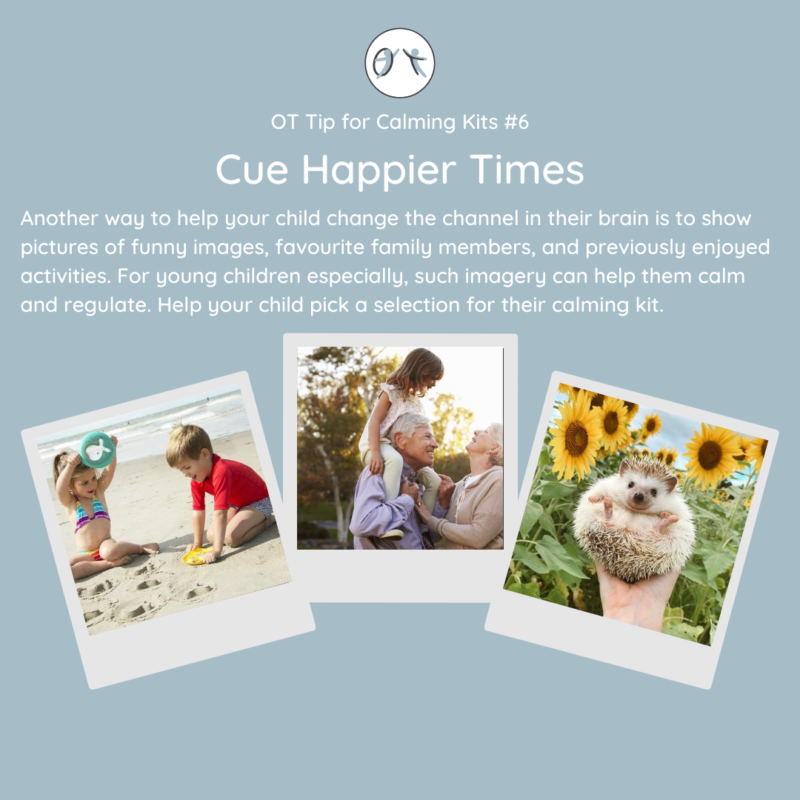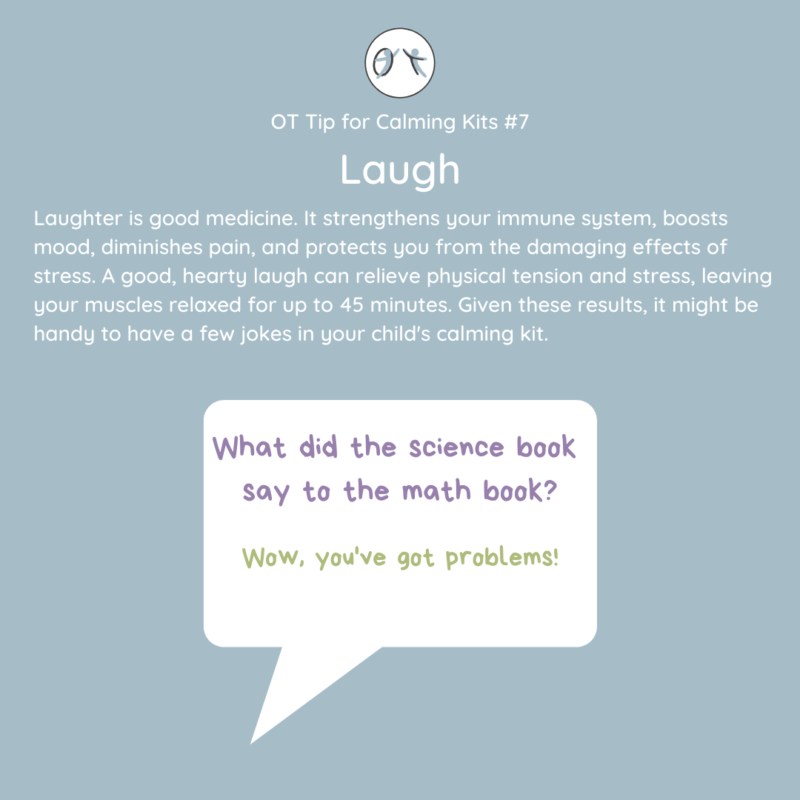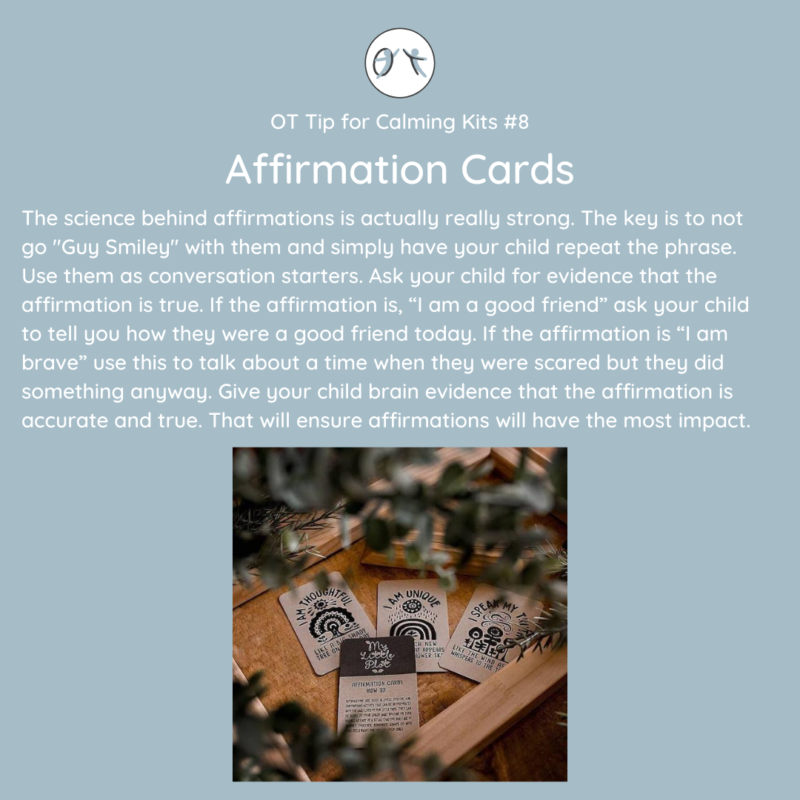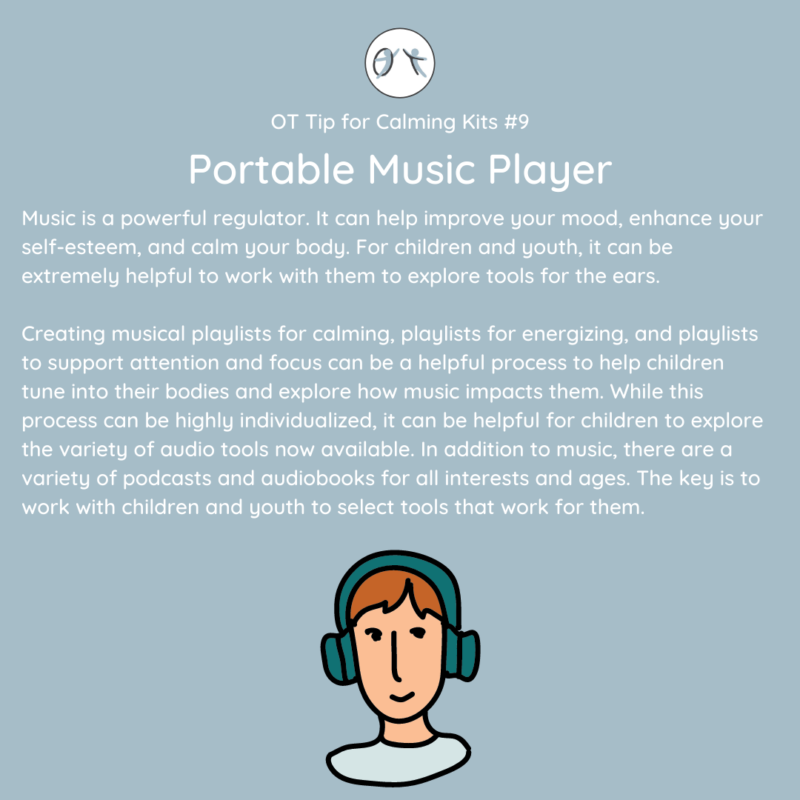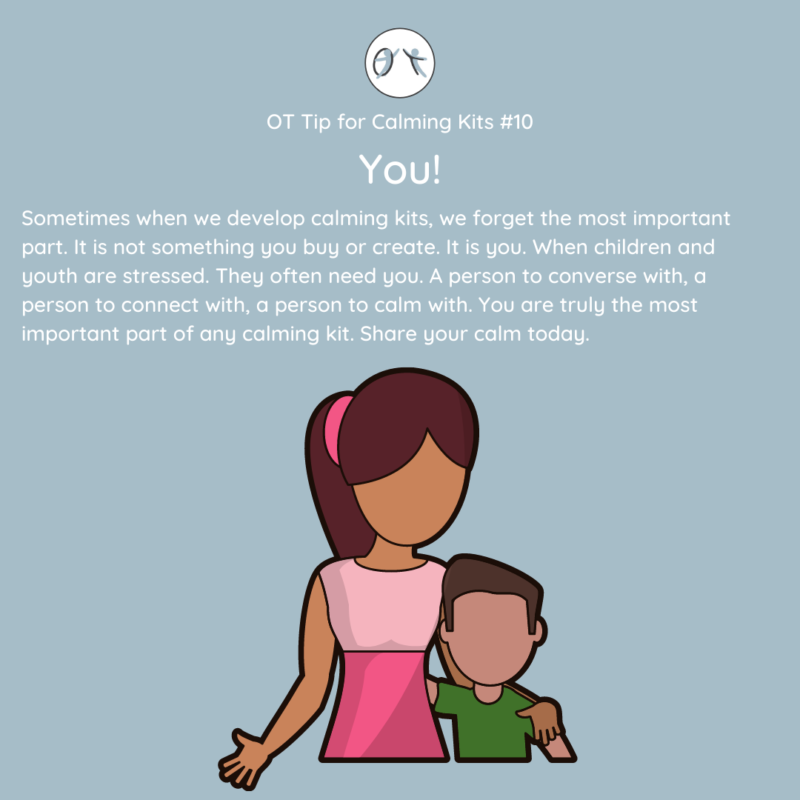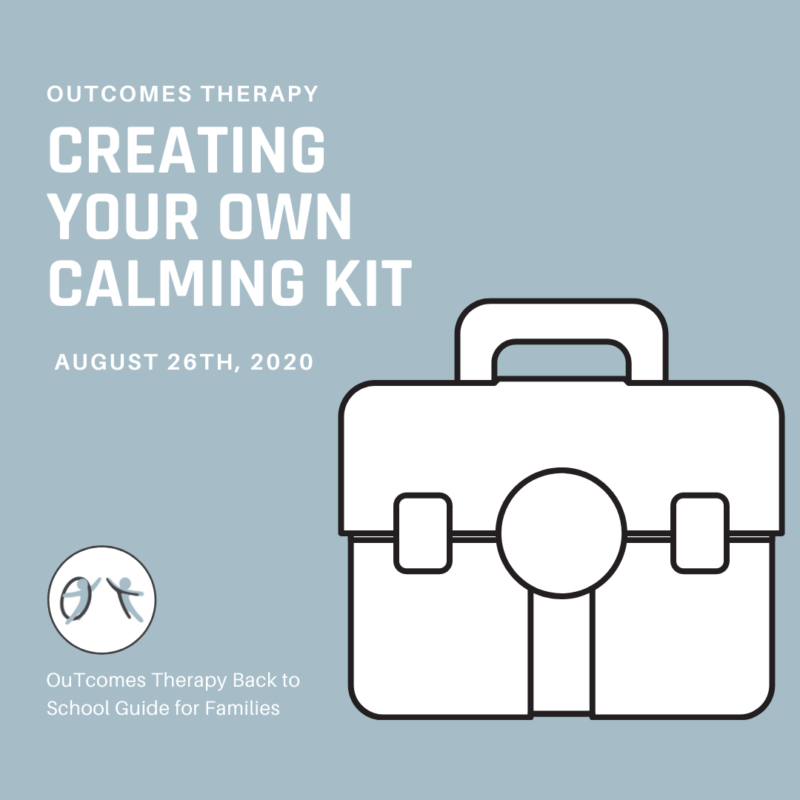When we see a child in distress, our natural inclination is to promptly reassure the child and remove the stressors. However, this can actually do more harm than good.
One of the best things we can do for our children and youth when they are worried is to help them learn to talk about their feelings, help them learn to understand their anxiety, and most importantly, help them learn how to manage it. Using this approach, typically a child’s worries will decrease over time and they will develop increased self-competence.
While there are many strategies to help children manage their anxieties, one of the most concrete approaches is to create a calming kit with them. Individualized calming kits provide children with readily accessible tools that they can use to address the acute nature of a stress response. As I often say to children, calming kits help you change the channel in your brain.
The natural next question is often what do we include in a calming kit. While there are some general principles, the best approach is get to know the child, understand their sensory preferences, and build the kit around their unique interests and needs.
Have you created a calming kit for your child or classroom? If so, what were some of your favourite tools to include? Please share in the comments section below.
